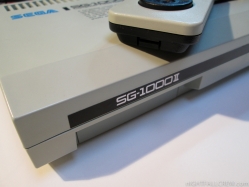
Autopsy:
TODO: Modify the console to support RGB output. When is ready i’m going to post the project.
from Wikipedia:
The SG-1000 (エスジー・セン Esujī Sen?), which stands for Sega Game 1000, was a cartridge-based video game console manufactured by Sega. This system marked Sega’s first entry into the home video game hardware business, and while the system was not popular, it provided the basis for the more successful Sega Master System.
The SG-1000 was first released to the Japanese market on July 15, 1983. Coincidentally, this is exactly the day that Nintendo’s Family Computer was released in Japan. The console reached minor success in that market and sold moderately well within Asia until 1985. The system was launched in New Zealand as released by Grandstand Leisure Limited, Australia by John Sands and in other countries, such as France, Italy, Spain, and South Africa. The console in its original form was never launched in North America.
In July 1984, Sega released an updated version of the console called the SG-1000 II. It is functionally identical to the SG-1000, but has a re-styled shell and the connector for the optional plug-in SK-1100 keyboard has been moved from the rear to the front. It was initially priced at ¥15,000. A computer version of this console, with a built-in keyboard, was called the SC-3000, which would go on to outsell the SG-1000.
The SG-1000 runs all SC-3000 games and applications, with the exception of Music and Basic Cartridges. The machine could be used just like the SC-3000, provided one had the keyboard attachment ready. In Japan the console also had an optional game card reader add-on called the Card Catcher that allowed for the use of Sega game card software. Card based software was exclusive to Japan, only cartridge based games were released in Europe and Oceania.
The Card Catcher would become built into the Sega Mark III, as well as the first version of the Master System.
source: wikipedia
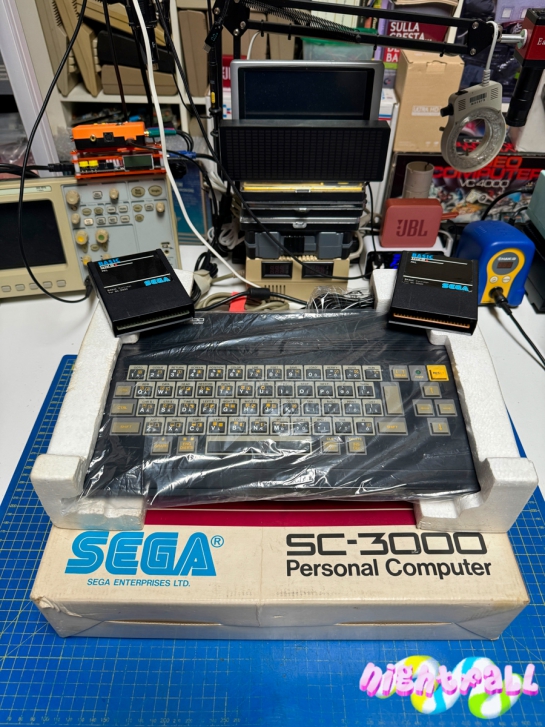








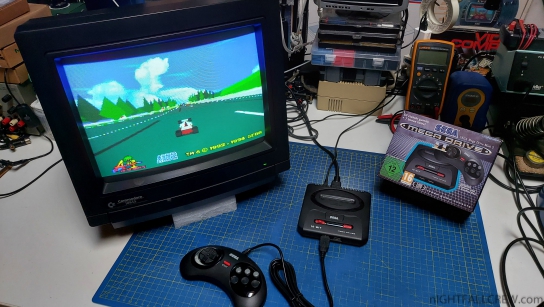















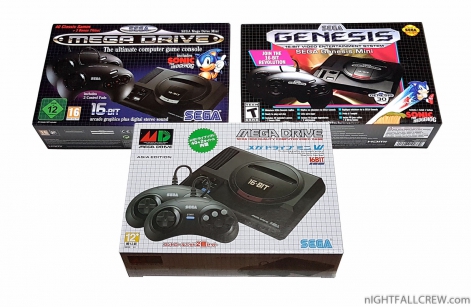













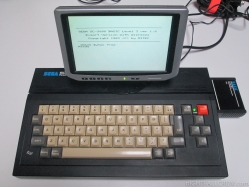























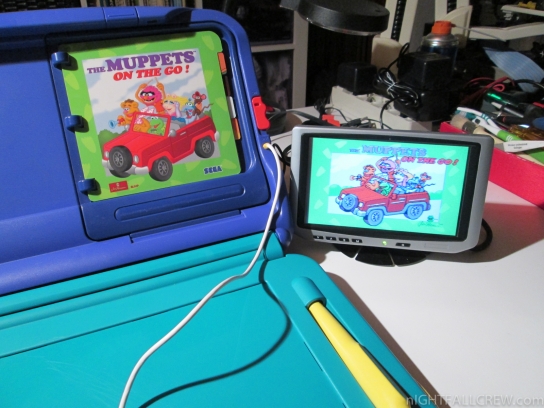






























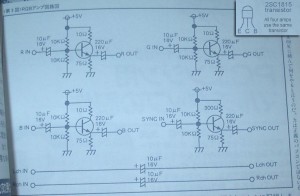
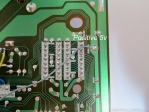
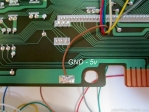
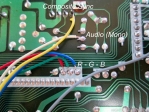
















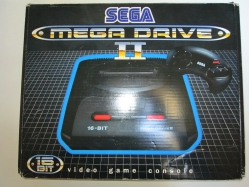




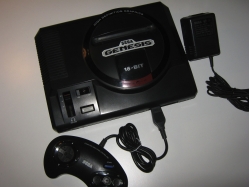















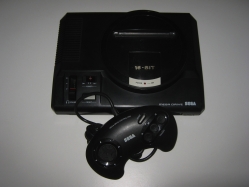













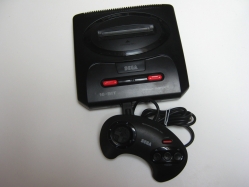















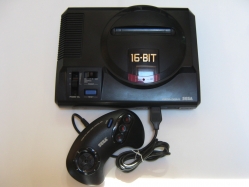















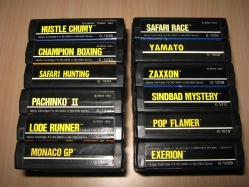


















Recent Comments